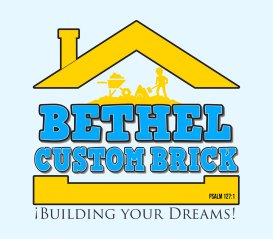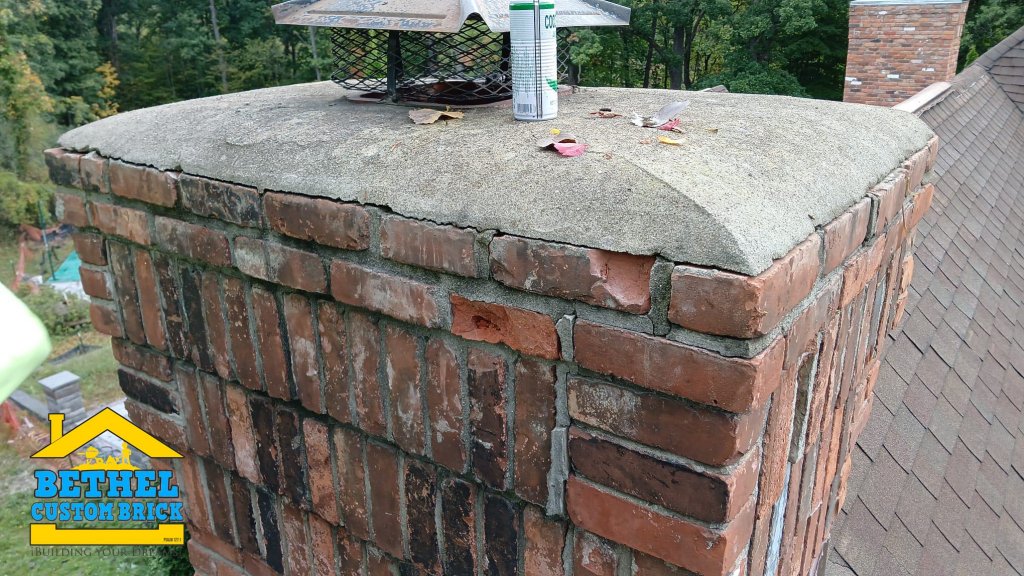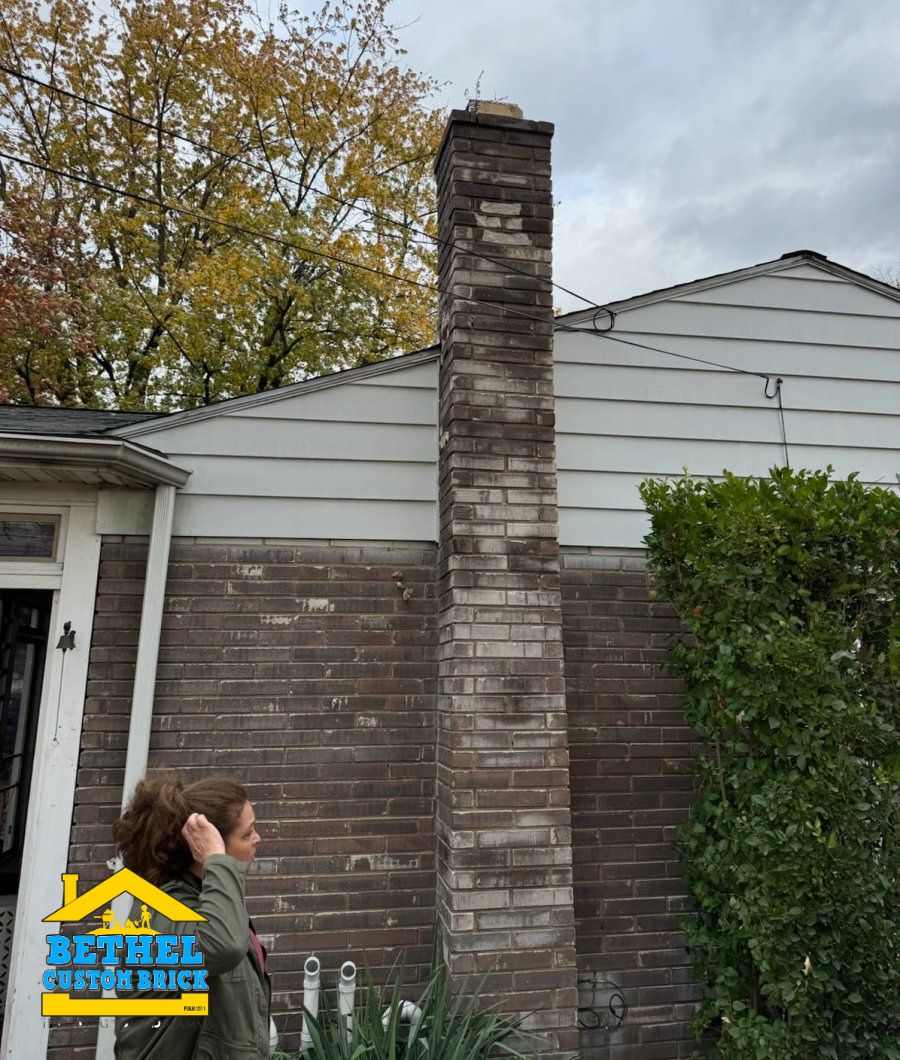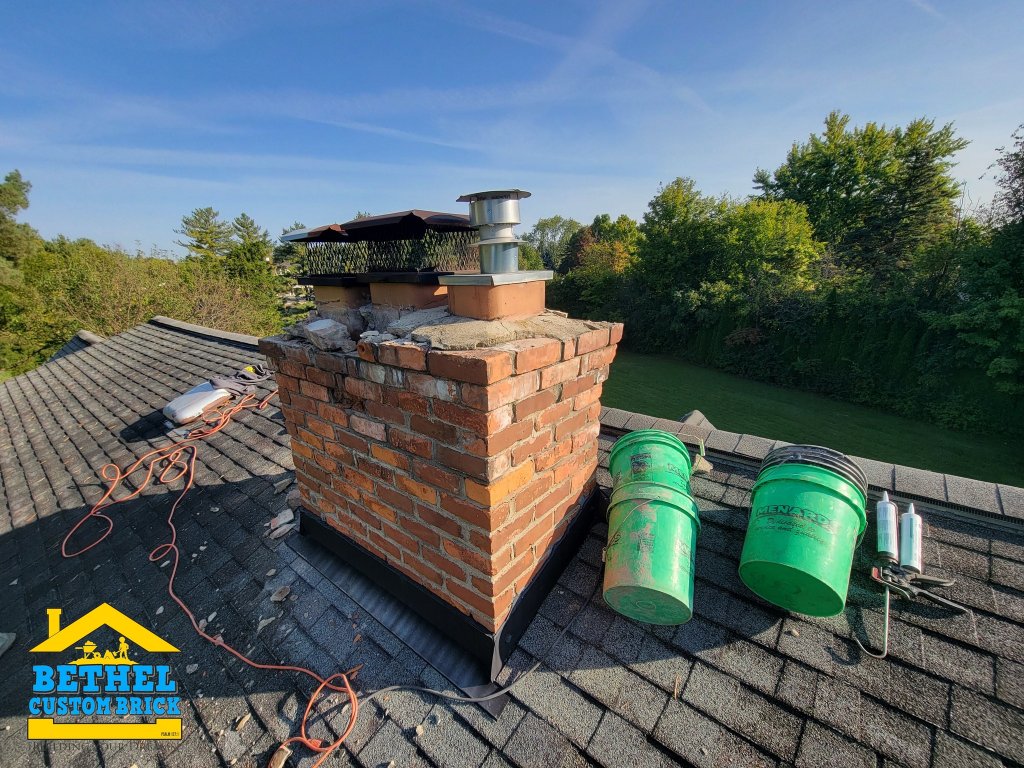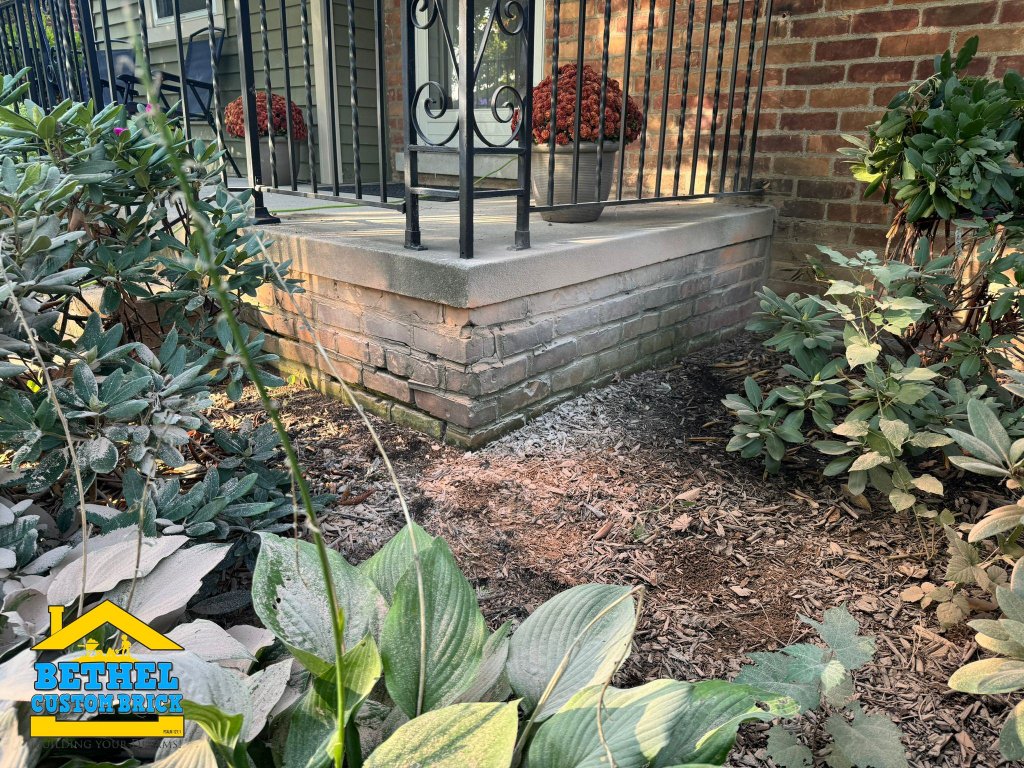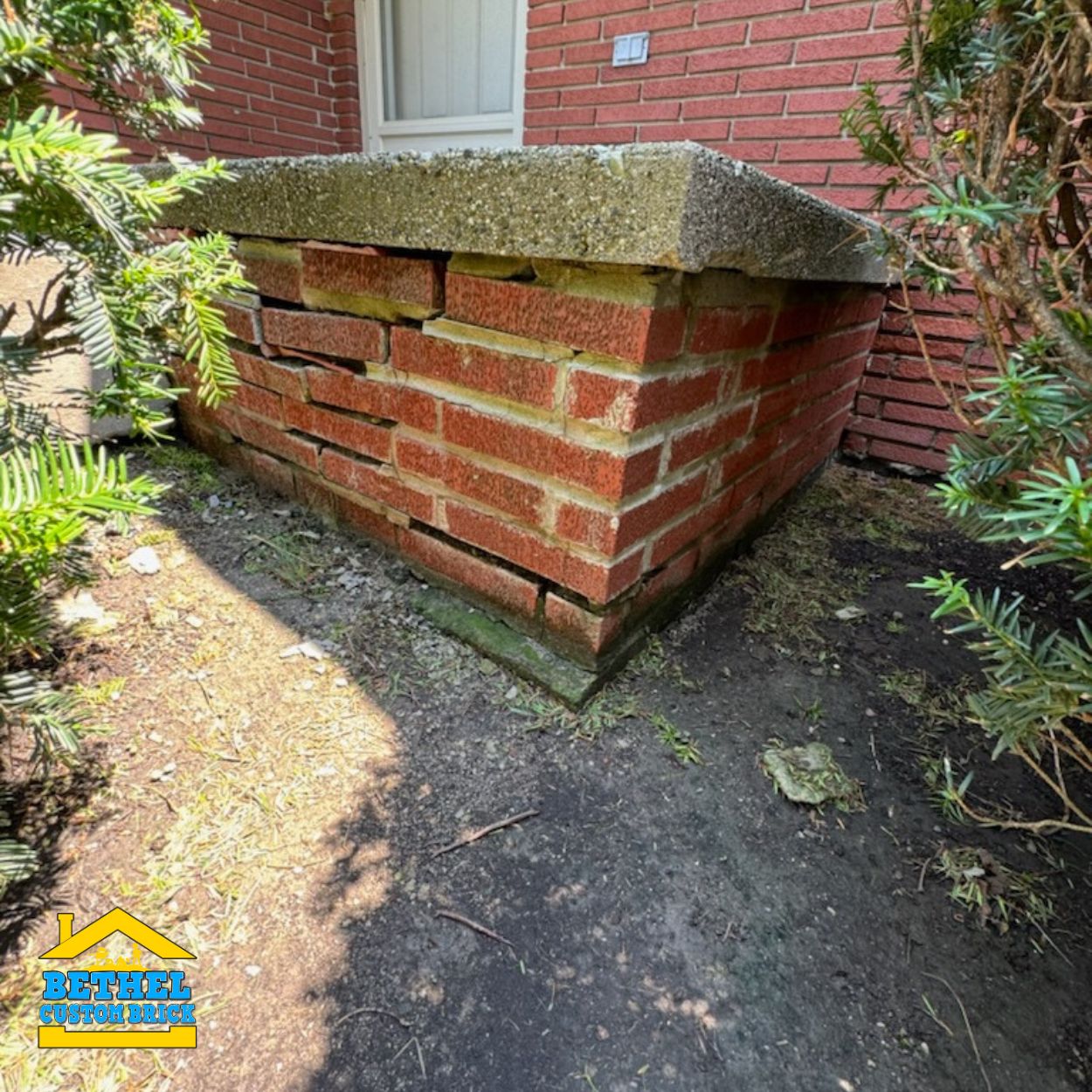Brick homes and structures are known for their durability, but even the strongest brickwork can be affected by weather over time. From intense sun to heavy rain and freezing temperatures, each weather element has a unique impact on bricks and mortar. Understanding how the weather affects brickwork and taking preventive steps can help you protect your investment and keep your home safe and beautiful. Here’s what you need to know about how the weather affects brickwork.
1. Freeze-Thaw Cycles
Impact:
In colder climates, the freeze-thaw cycle is one of the most damaging weather conditions for brickwork. As temperatures drop, any water that has seeped into the porous bricks freezes and expands, causing cracks, spalling (brick surface flaking), and general deterioration. When the ice melts, the cycle repeats, weakening the bricks further with each freeze-thaw cycle.
Solution:
Apply a high-quality, breathable water-repellent sealant to your brickwork to minimize water infiltration. Ensure proper drainage around your home to prevent water from pooling near brick walls and consider regular inspections in early spring and late fall to catch any freeze-thaw damage early.
2. Heavy Rain and Humidity
Impact:
Bricks are porous, meaning they can absorb moisture from rain and high humidity levels. Constant exposure to moisture can lead to mold and mildew growth, efflorescence (white powdery stains on the brick surface), and erosion of mortar. Over time, this moisture can compromise the structure and aesthetics of your brickwork.
Solution:
Inspect your brick walls for any signs of water damage, such as staining or mold. Repointing (replacing deteriorated mortar) can help reinforce your brickwork’s integrity, especially if the mortar has started to crumble. Applying a water-resistant sealant and ensuring gutters and downspouts are functioning properly can also protect against excessive moisture.
3. Sun Exposure and Heat
Impact:
Prolonged sun exposure can cause bricks to dry out and lose color, leading to fading and discoloration over time. In extremely hot climates, intense heat can expand bricks, which may weaken the structure. UV rays can also break down certain materials within mortar, causing it to crack and weaken.
Solution:
To protect against sun damage, consider applying a UV-resistant sealant. For homes in very hot climates, using lighter-colored bricks and reflective materials can help reduce heat absorption and minimize expansion. Regular repointing can also keep your mortar strong despite sun exposure.
4. Wind and Storm Damage
Impact:
High winds and storms can cause physical damage to brickwork, especially on exposed areas. Flying debris can chip or crack bricks, while strong winds can dislodge loose bricks or mortar. Additionally, heavy storms often bring rain or snow, adding further stress to brick structures.
Solution:
Inspect your brickwork after severe weather events, checking for cracks, chips, or loose bricks. Promptly repair any damage to prevent further issues, and consider reinforcing exposed areas if you live in a storm-prone region. Planting trees or shrubs as a windbreak can also protect your brickwork from wind and debris.
5. Snow and Ice
Impact:
Snow and ice can be particularly harsh on brick structures. Similar to rain, melting snow introduces moisture into bricks, while the freeze-thaw cycle in winter accelerates damage. Ice can also form around bricks and mortar, exerting pressure that weakens the bond between them.
Solution:
Clearing snow away from brick walls and using proper drainage to prevent water from accumulating around the foundation can help reduce moisture absorption. Additionally, applying a water-repellent sealant before winter arrives can protect your brickwork from snow and ice damage.
Preventive Tips to Protect Your Brickwork
1. Seal Your Brickwork
A high-quality, breathable sealant can help prevent moisture infiltration, UV damage, and general wear from the elements. Be sure to choose a product specifically designed for bricks to allow for proper breathability and moisture escape.
2. Schedule Regular Inspections
Seasonal inspections are essential for spotting weather-related damage early. Check for cracks, crumbling mortar, and signs of spalling. Catching damage early can help you address minor issues before they become larger, more costly problems.
3. Repoint Mortar as Needed
Mortar naturally wears down over time, especially when exposed to severe weather. Repointing, or replacing damaged mortar, is a critical part of brick maintenance. By reinforcing mortar, you maintain a strong bond between bricks, protecting the overall stability of the structure.
4. Ensure Proper Drainage
Keep gutters, downspouts, and drainage systems in good working condition to prevent water from pooling near your brick walls. Standing water can lead to moisture infiltration and freeze-thaw damage, so directing water away from your foundation is key.
5. Use Landscaping for Protection
Strategic landscaping can help protect your brick walls from direct weather exposure. Planting trees, shrubs, or hedges can act as a natural barrier against wind, rain, and sun. Just make sure to plant them a safe distance from the foundation to avoid root interference.
6. Apply UV-Resistant and Water-Repellent Coatings
A UV-resistant coating can prevent fading and sun damage, while a water-repellent coating reduces moisture absorption. Be sure to use breathable products that allow moisture to escape, as trapping water inside bricks can lead to damage.
Final Thoughts
Weather can take a toll on brick structures, but with proactive maintenance and preventive measures, you can keep your brickwork strong, beautiful, and resilient. From sealing and repointing to ensuring proper drainage, small steps can make a big difference in extending the life of your brick home.
Regular care and attention to your brickwork help prevent costly repairs and maintain your property’s value. If you’re unsure about the condition of your bricks, consider consulting a masonry professional who can provide guidance and recommend the best strategies for weatherproofing your brick structures.
